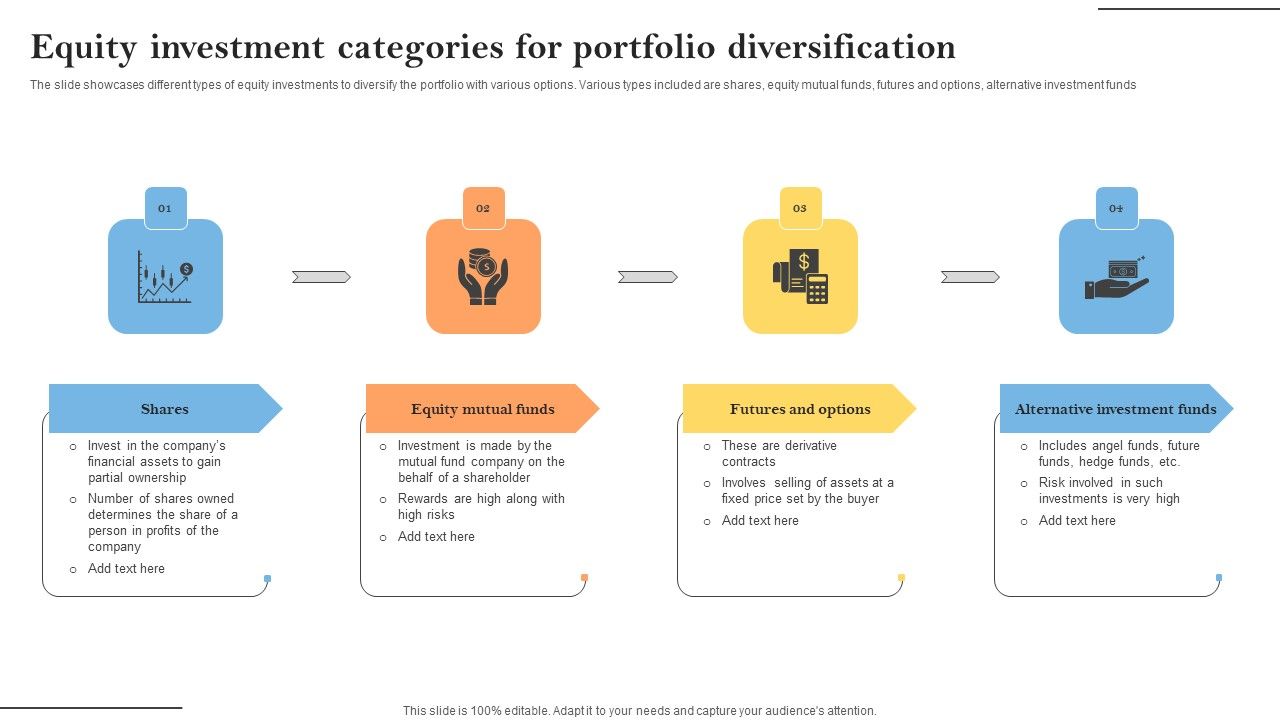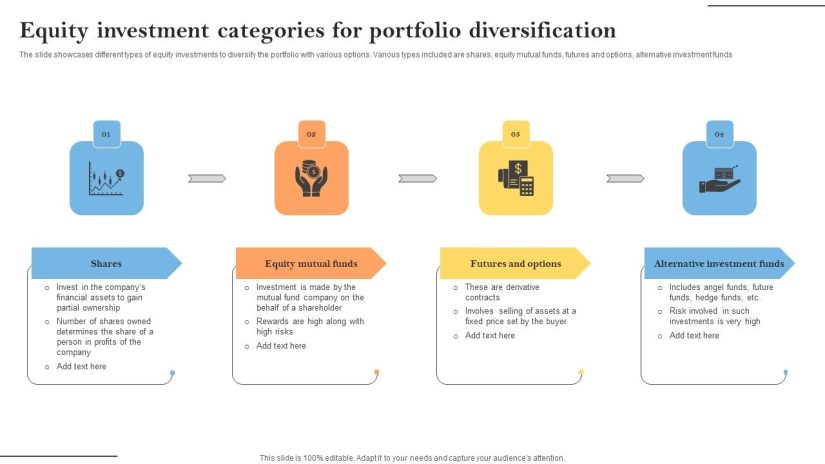
**Which Investments Fit Different Account Types?**
Investors have numerous account types available, each presenting distinct advantages and factors to consider. Selecting the right investments for each account type can enhance tax efficiency and promote long-term growth. Here’s a summary of which investments align best with various account types:
**1. Taxable Brokerage Accounts:**
– **Best For:** Stocks, ETFs, Mutual Funds
– **Factors to Consider:** Taxable accounts provide flexibility and quick access to funds. The ideal assets in these accounts are generally tax-efficient options like index funds or municipal bonds. Long-term holdings benefit from reduced capital gains tax rates.
– **Examples of Investments:** Blue-chip stocks, growth stocks, index ETFs.
**2. Traditional IRA/401(k):**
– **Best For:** Taxable Bonds, High-Dividend Stocks
– **Factors to Consider:** Contributions can be tax-deductible, with taxes postponed until funds are withdrawn. Ideal for assets that generate ordinary income, which would otherwise incur annual taxes.
– **Examples of Investments:** Bonds, REITs, dividend-yielding stocks.
**3. Roth IRA:**
– **Best For:** High-Growth Potential Stocks, Emerging Markets
– **Factors to Consider:** Contributions utilize after-tax funds, yet qualified withdrawals remain tax-free. Investments with significant growth potential should be placed here to take advantage of tax-free appreciation.
– **Examples of Investments:** Small-cap stocks, international equities, growth-focused ETFs.
**4. Health Savings Account (HSA):**
– **Best For:** Growth Investments
– **Factors to Consider:** HSAs provide a triple tax benefit: contributions are tax-deductible, growth occurs tax-free, and qualified withdrawals are tax-free. As a vehicle for long-term investments, focus on growth-oriented assets.
– **Examples of Investments:** Equity index funds, balanced funds.
**5. 529 College Savings Plan:**
– **Best For:** Diversified Fund Portfolios
– **Factors to Consider:** Delivers tax-free growth when allocated for qualified educational expenses. Consider portfolios based on age or risk that adjust over time.
– **Examples of Investments:** Target date funds, age-based portfolios.
**Conclusion:**
Aligning the right investments with the suitable account type is crucial for optimizing returns and reducing tax liability. Evaluate both the growth potential of investments and the tax outcomes of withdrawals to refine your financial approach and reach long-term objectives.
